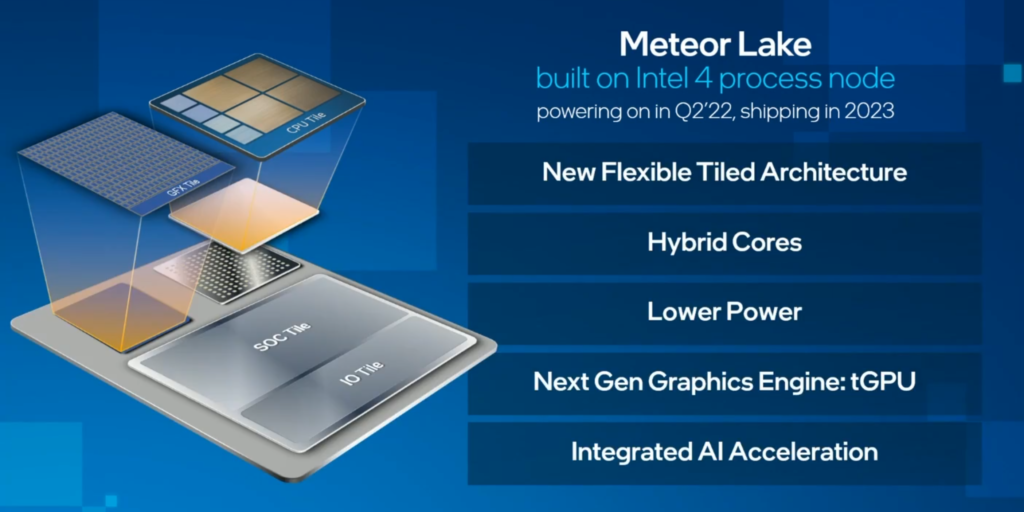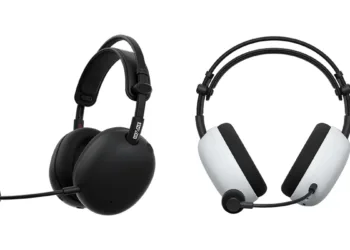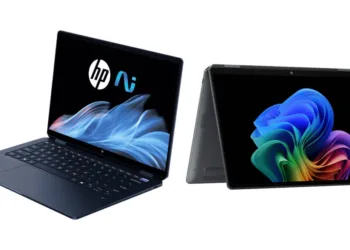Intel revealed that it is ramping up production of wafers for its Meteor Lake processors in order to launch them in the second half of this year during its Q1 2023 earnings. As the company works to deliver five nodes in four years, a goal that CEO Pat Gelsiner reaffirmed is still on track, these chips will be partially fabbed on the ‘Intel 4’ process node, a significant milestone for the company. According to Intel, two of those five nodes are nearly finished.
Notably, Intel’s first desktop PC chips, the Meteor Lake processors, will also use parts manufactured on TSMC’s process nodes. Two years ago, as it struggled with the fact that TSMC’s process node technology had surpassed Intel’s, Intel announced this drastic move.
For what it’s worth, the company stated that these chips would be available in 2023 back in 2021, and they are unquestionably still on track for that launch. For several new chip generations, Intel will employ this blended chip strategy. Additionally, according to Intel, the 2024 release dates for its Lunar Lake and Arrow Lake products are still on track.
The Meteor Lake, Arrow Lake, and Lunar Lake processors for the consumer market will be built using Intel’s 3D Foveros packaging technology.

With the aid of a Foveros interconnect, this technology enables Intel to vertically stack chiplets atop a single base die. In addition to being the first Intel desktop PC chips to use TSMC process node technology, Meteor Lake will be the first chips with the Intel 4 process node, an EUV-enabled node that is a crucial step for Intel as it looks to right the ship.
The new Meteor Lake design will incorporate multiple distinct process nodes in a single chip package. In this instance, the GPU, SOC, and IOE tiles—three tiles that resemble chiplets—use TSMC process nodes.
As the larger, older TSMC nodes can be used for functions that aren’t as performance-sensitive, this technique offers cost advantages. The yield and cost of this crucial component are improved by offloading those tasks from the CPU tile.
Additionally, this gives Intel the freedom to swap out new tiles to produce next-generation chips that are faster, such as the CPU tile for Arrow Lake that will make use of the 20A process node.
Although Intel has not yet made a formal announcement, all indications point to the Meteor Lake desktop PC chips being restricted to comparably lower-end Core i3 and Core i5 models that are rated for conservative 35W and 65W power envelopes.
Reiterating that its Sierra Forest chips will go on sale in the first half of 2024, Intel also provided a minor update to the data centre roadmap it unveiled last month. Sierra Forest, its first-generation efficient Xeon, will have an astounding 144 cores, outperforming AMD’s 128-core EPYC Bergamo chips in terms of core density. Granite Rapids will come right behind.
Also Read:








